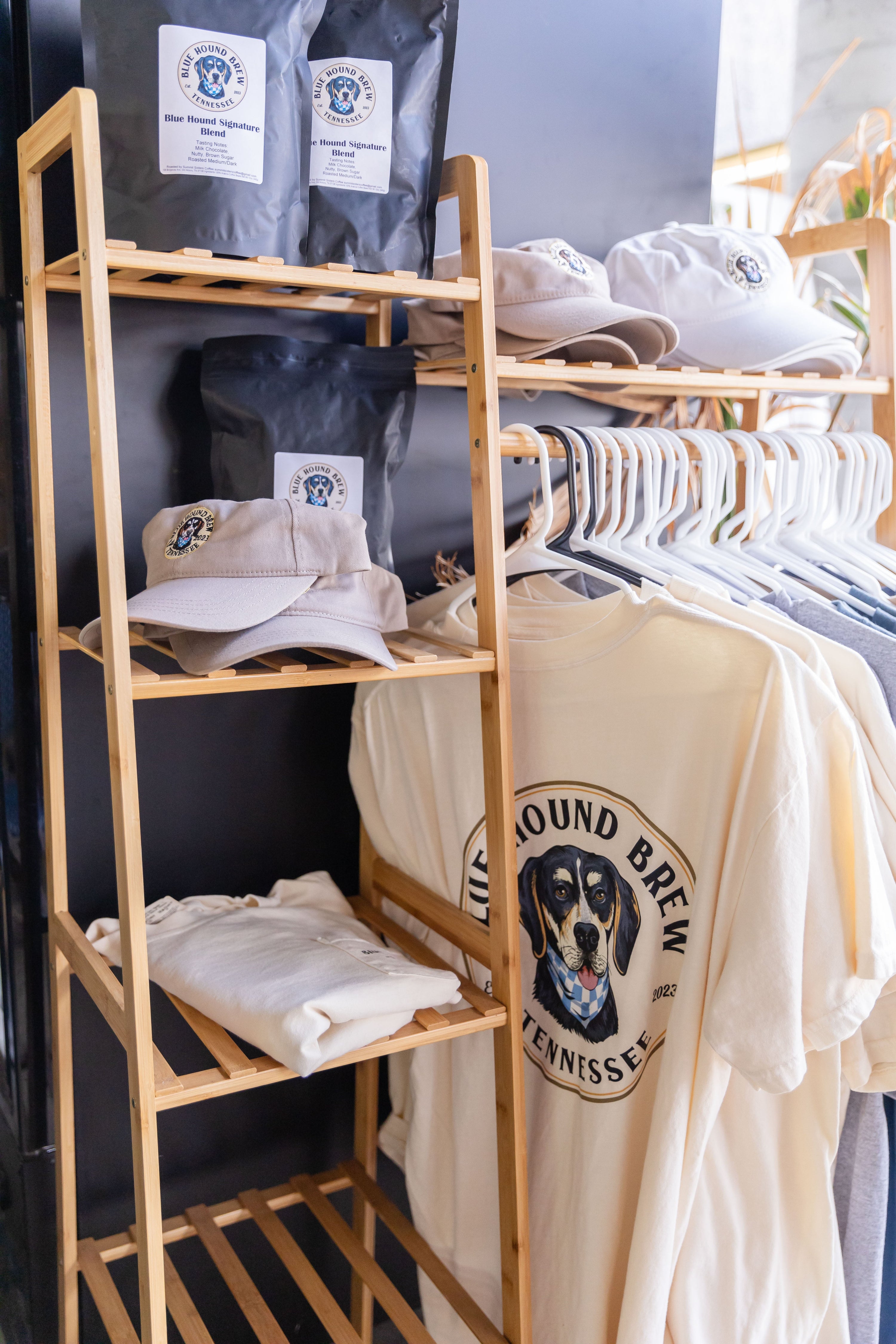

· By Cole Koeberer
Why Your Coffee Costs More Right Now: Understanding High Prices
If you've noticed your morning coffee costing a little more lately, whether it's at your favorite Nashville coffee shop or the bag of beans you buy for home, you're not imagining things. The price of coffee has seen significant increases over the past couple of years, and while coffee market prices can fluctuate, we're currently in a period where the global market is facing several pressures that drive up the cost of your daily brew.
It's a complex web of factors stretching from coffee farms thousands of miles away right to your cup. Understanding why coffee is so expensive right now means looking at the global forces at play.
Global Factors Driving Up Coffee Prices
Several key issues are contributing to the current high coffee prices:
Weather Challenges Devastating Coffee Crops
Coffee plants, particularly the Arabica coffee variety which makes up a significant portion of the specialty coffee market, are incredibly sensitive to weather conditions. Major coffee-producing regions have faced severe challenges:
- Brazil: As the world's largest coffee producer, weather events here have an outsized impact on global coffee supply. Severe droughts followed by unexpected frosts in recent years can devastate crops and impact yields not just immediately, but in subsequent harvest cycles as plants recover or are replanted. Erratic rainfall continues to be a concern for coffee production.
- Vietnam: The largest producer of Robusta coffee, also crucial for blends and instant coffee, has also faced challenging weather patterns, including droughts, affecting their output and impacting coffee commodity prices.
- Other Regions: Climate variability, including unpredictable rainfall, heatwaves, and extreme weather events, is increasingly impacting yields in other coffee-growing countries across the "Bean Belt," contributing to the coffee price increase.
Rising Production Costs for Coffee Farmers
The cost of producing coffee hasn't stayed static for farmers. They are facing higher expenses across the board:
- Fertilizer Prices: The cost of fertilizers, essential for healthy plant growth and good yields, saw significant global increases, which translates directly into higher operating costs for coffee farmers.
- Labor Costs: The cost of labor for cultivation, harvesting, and processing has also risen in many regions, adding to the expense of coffee production.
- Fuel and Energy: Higher energy prices impact everything from farm machinery to transporting the harvested coffee beans.
Persistent Supply Chain & Logistics Expenses
While perhaps not as severe as during the peak of the pandemic, getting green coffee from remote farms to coffee roasters and then to consumers still carries higher costs than in previous years.
- Shipping Costs: Container shipping rates, though lower than their absolute peak, remain elevated compared to pre-pandemic levels, adding to the final cost of coffee.
- Inland Transportation: Costs for getting coffee from farms to ports and then from destination ports to roasters have also increased due to fuel prices and trucking availability, affecting the entire coffee supply chain.
Growing Global Demand Outpacing Supply
Simply put, more people around the world are drinking more coffee. Demand has continued to grow steadily, both in traditional markets and emerging economies. In years where global coffee supply is constrained by the factors above, increased demand naturally pushes coffee prices higher.
How Market Speculation Impacts Coffee Prices
Coffee is traded as a commodity on futures markets like the Intercontinental Exchange (ICE). News about weather forecasts, political stability in producing countries, or yield estimates can lead to speculation, where traders buy or sell contracts based on anticipated future coffee prices. This speculation can sometimes amplify price movements driven by fundamental supply and demand factors, contributing to price volatility.
Connecting Global Costs to Your Coffee Cup
When coffee roasters like us purchase "green" (unroasted) coffee beans, we are paying these elevated global coffee market prices. Add to that our own rising costs for energy, labor, packaging, and shipping, and those increases unfortunately have to be reflected in the final price you pay for roasted coffee beans or a brewed cup at the shop.
While higher coffee prices are tough on the wallet, they are a direct reflection of the real challenges faced by coffee farmers and everyone in the coffee supply chain. Supporting businesses committed to ethical sourcing and quality can help ensure that some of that increased price makes its way back to the farmers who are navigating these complex and often difficult conditions to grow the coffee we all love.
So, the next time you savor your Blue Hound Brew (or your favorite coffee brand), you'll know that the price reflects not just the quality in your cup, but the intricate global journey and the many hands involved in bringing it to you amidst challenging times. We appreciate your understanding and continued support!



